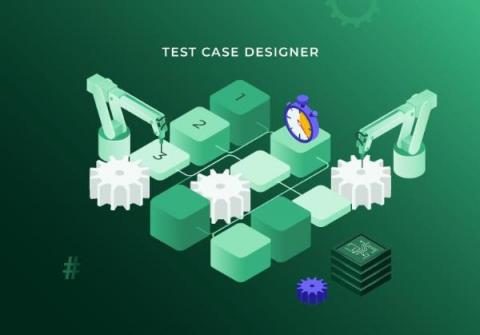Effective test planning and optimization: test management strategies for larger software projects
Managing and testing larger-scale software projects can be complex and challenging. Effective test planning and management play a crucial role in ensuring the success of these projects. This article will explore essential test management strategies and how to leverage Xray Enterprise's Test Case Designer to achieve superior test coverage and efficiency.











